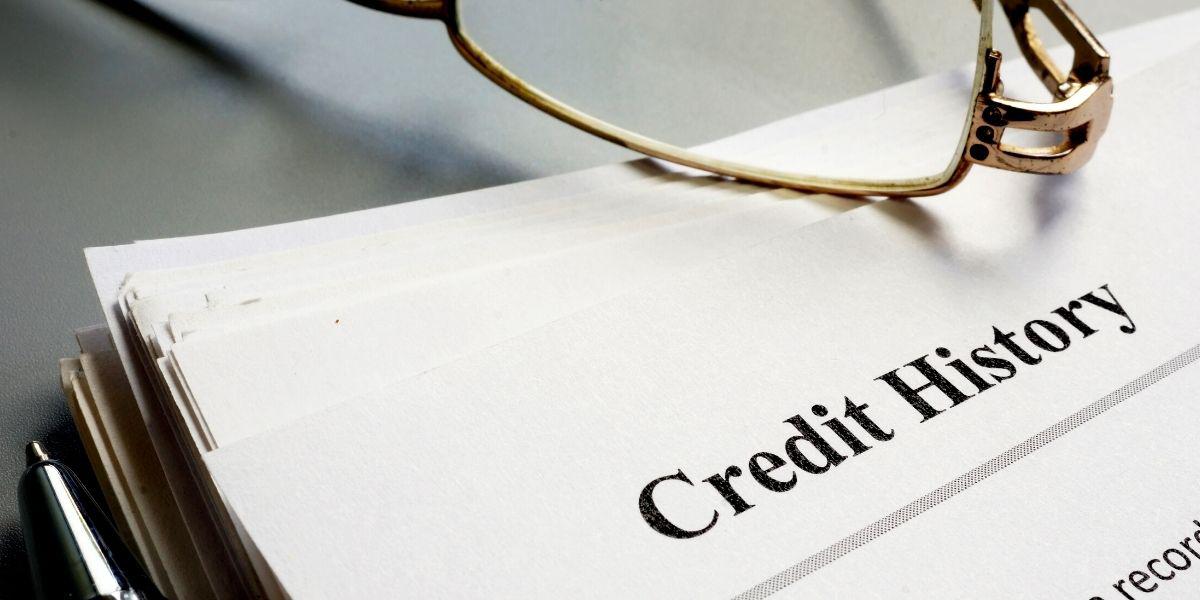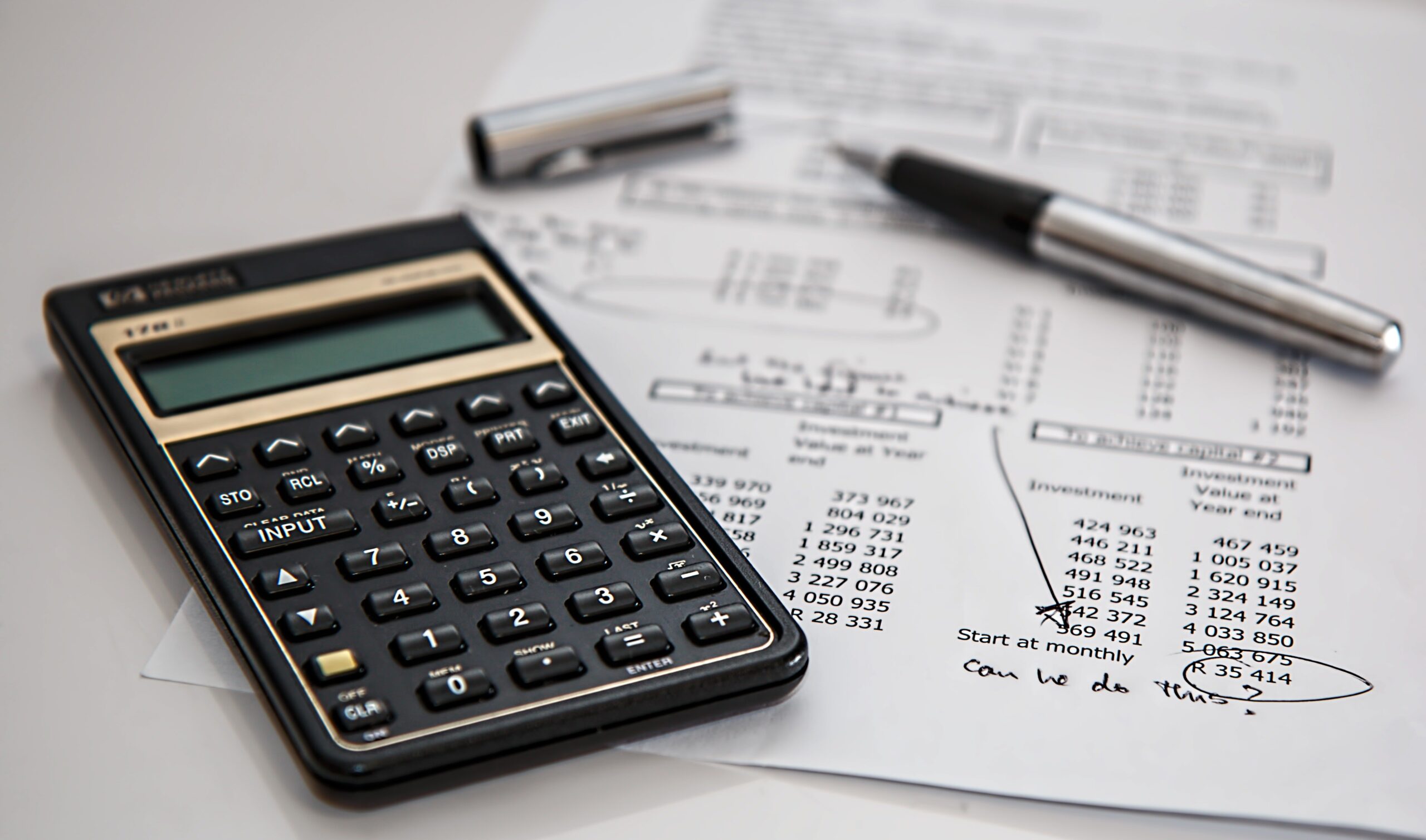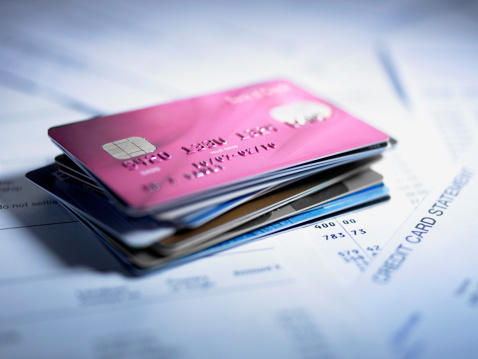New Year, New Budget

Feb 01 | 2024

Saving money starts with a budget.
Alexander Grey via Unsplash

Feb 01 | 2024

Saving money starts with a budget.
Alexander Grey via Unsplash

Feb 03 | 2021

Your credit score and history obviously affect your ability to qualify for a low-interest loan on a car or a house, but they also influence other aspects of life. Your credit can affect everything from your insurance rates to your ability to rent a home, and even your chances of landing that dream job. Fortunately,

Mar 20 | 2019


May 16 | 2018


Mar 13 | 2017

Getty Images
In America, your credit score is a valuable piece of financial information. Banks, credit card companies, and sometimes even employers will use your credit score to determine whether you’re reliable enough for a loan, a new credit card or even a job. Staying on top of your credit health is pretty important. But we’re all